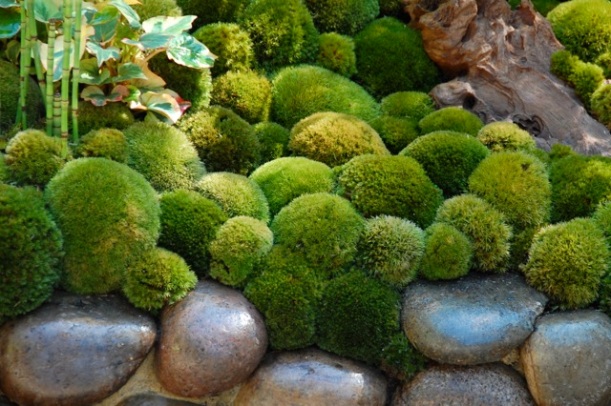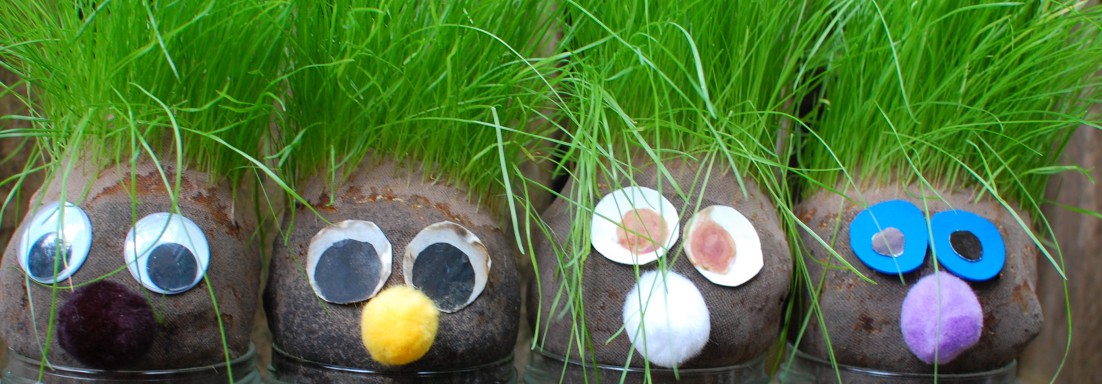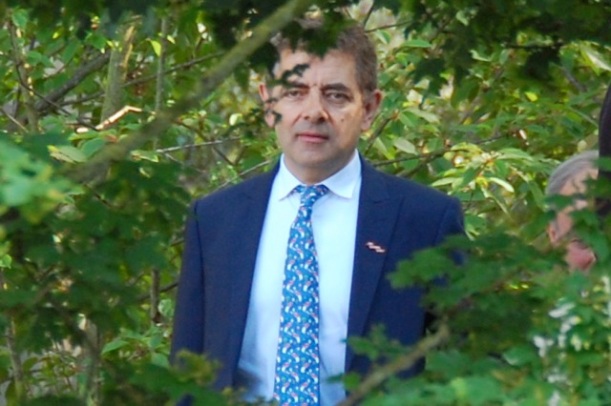The so-called “greatest flower show on earth” opens its doors to the public tomorrow morning. On your behalf, dear readers, I have been rubbing shoulders with celebrities and enjoying a sneak preview of the Chelsea Flower Show at press day today.
The show gardens are, as ever, fabulous works of art with many exquisite planting schemes.  Foxgloves were very popular again this year and lupins featured in several gardens.
Foxgloves were very popular again this year and lupins featured in several gardens. 
With many blue/white/pink herbaceous planting schemes around, Alan Titchmarsh’s first Chelsea garden in 30 years was refreshingly different and based on moorland sloping down to the coast.
 I loved this moss in one of the smaller artisan gardens, and am wondering if it would be difficult to copy at home…
I loved this moss in one of the smaller artisan gardens, and am wondering if it would be difficult to copy at home… 
In the floral pavillion, schoolchildren were on hand at the Miracle-Gro stand to explain their experiments in growing the same plant in different types of soil/compost. A brilliant idea that I will be copying with school gardening clubs.
 The ‘strangest item of the day’ award went to a 6ft dinosaur with rosebud tongue.
The ‘strangest item of the day’ award went to a 6ft dinosaur with rosebud tongue. 
At times it was difficult to concentrate on the gardens due to the high number of celebrities wandering around so I’ll finish with the name-the-celebrity game. (Apologies for the Hello!/OK!-style lapse, normal service will be resumed as soon as possible.)








